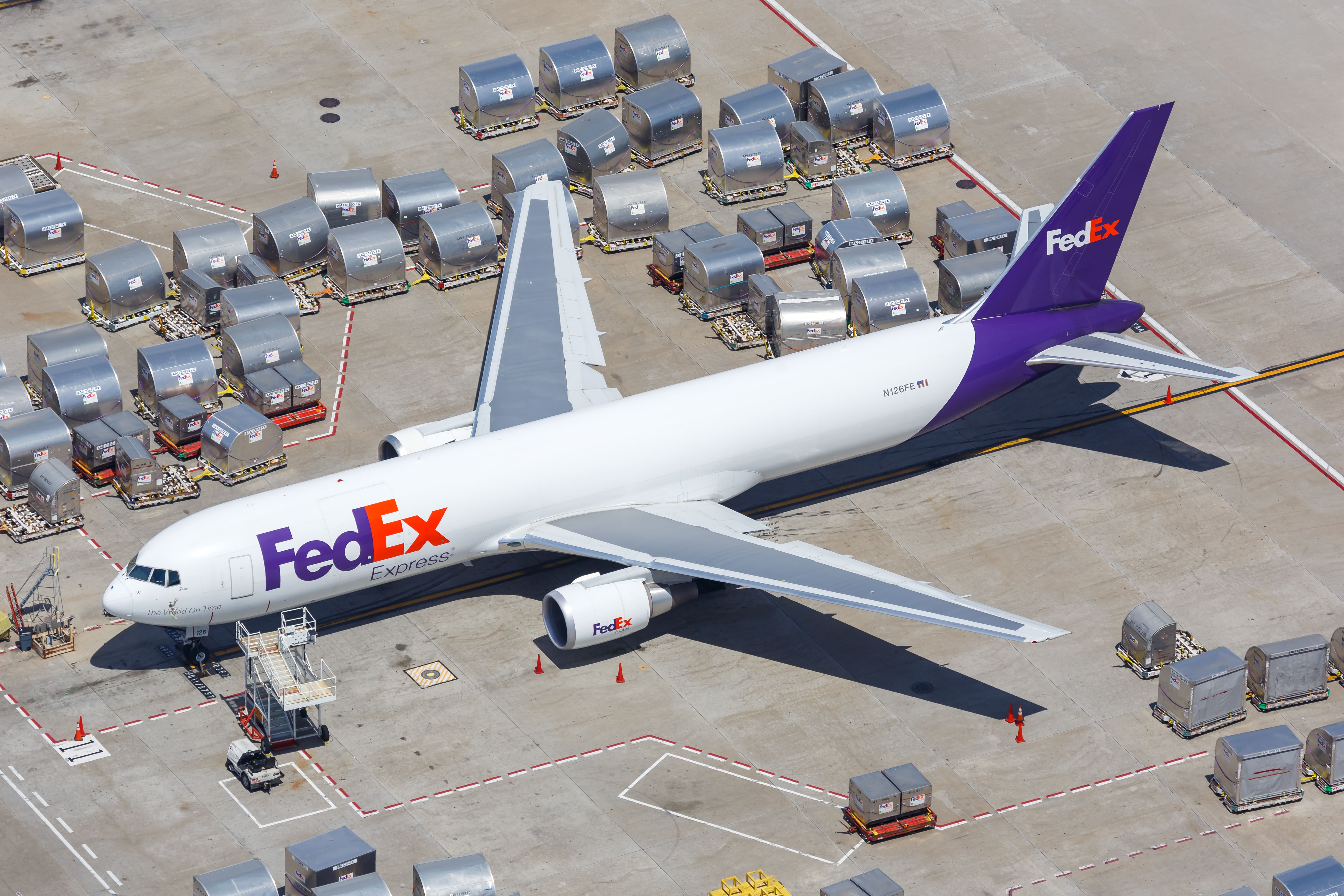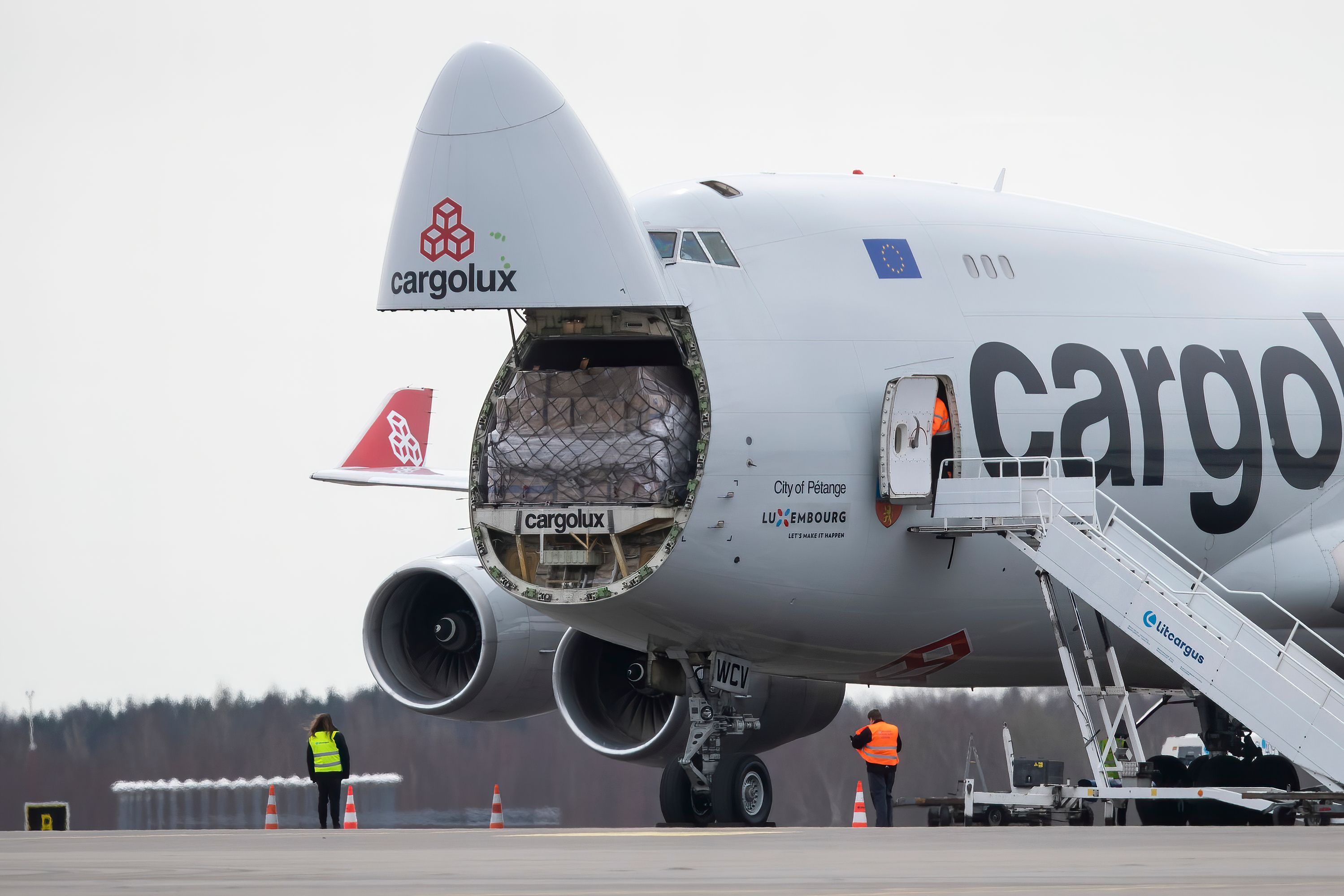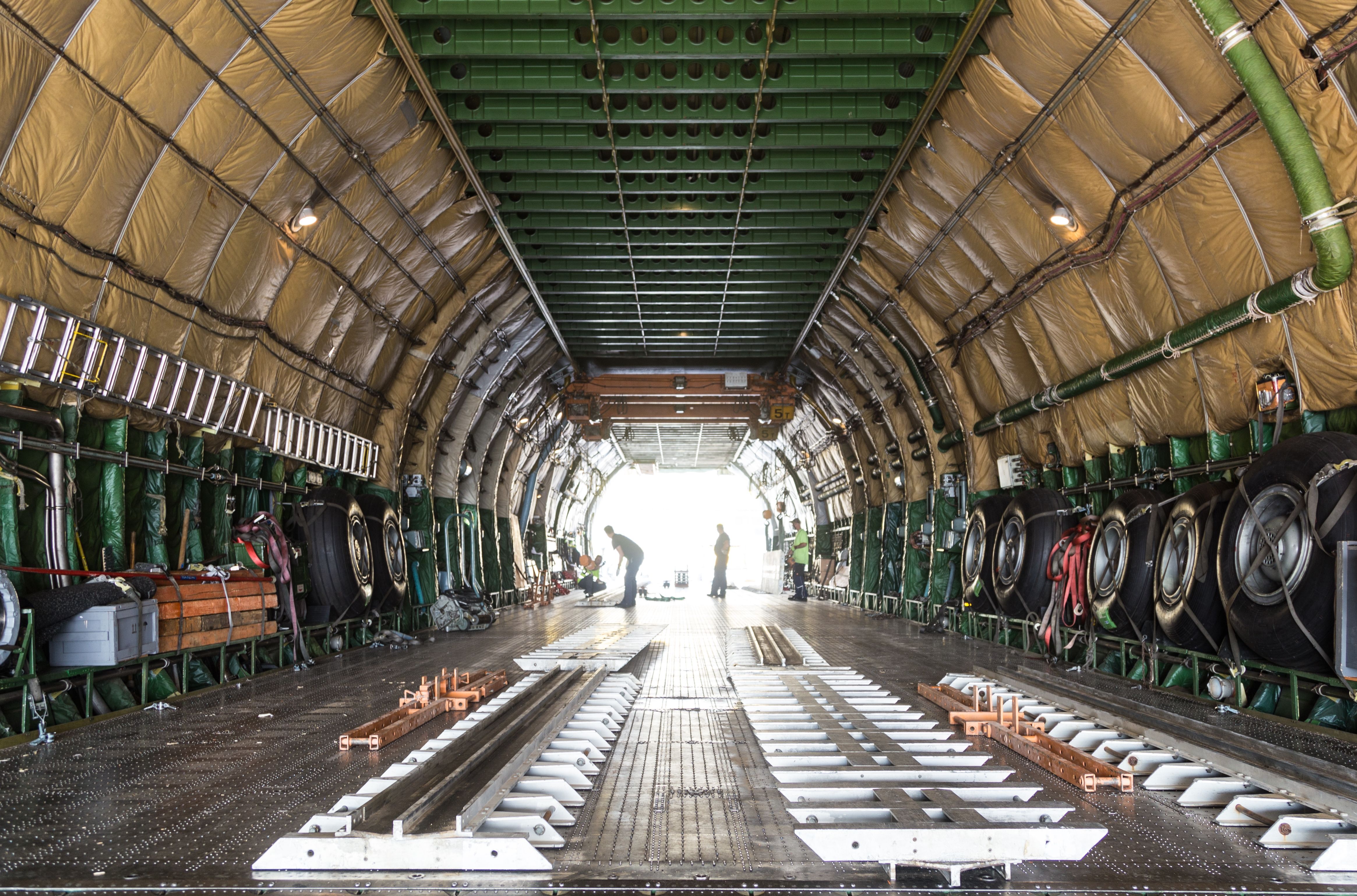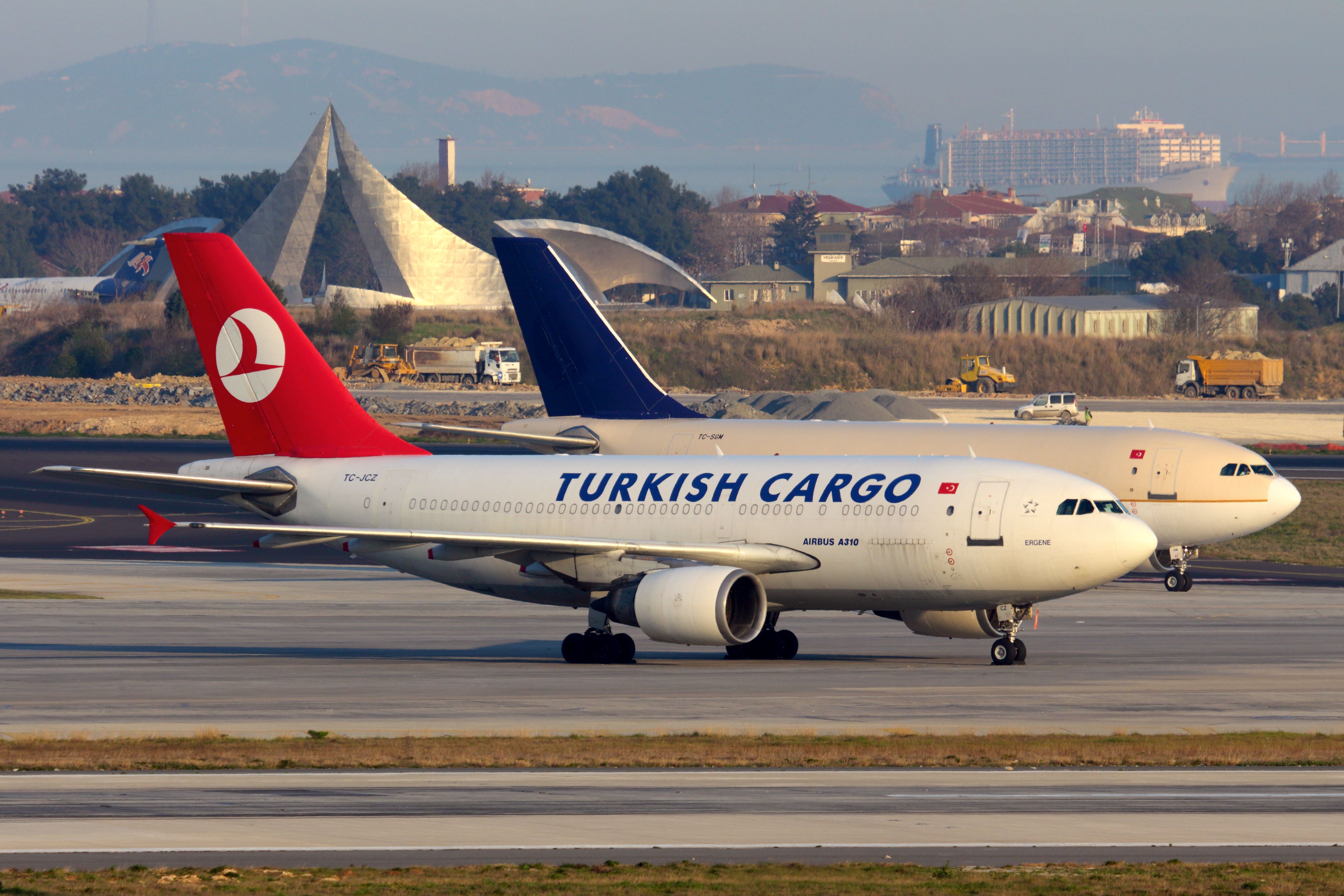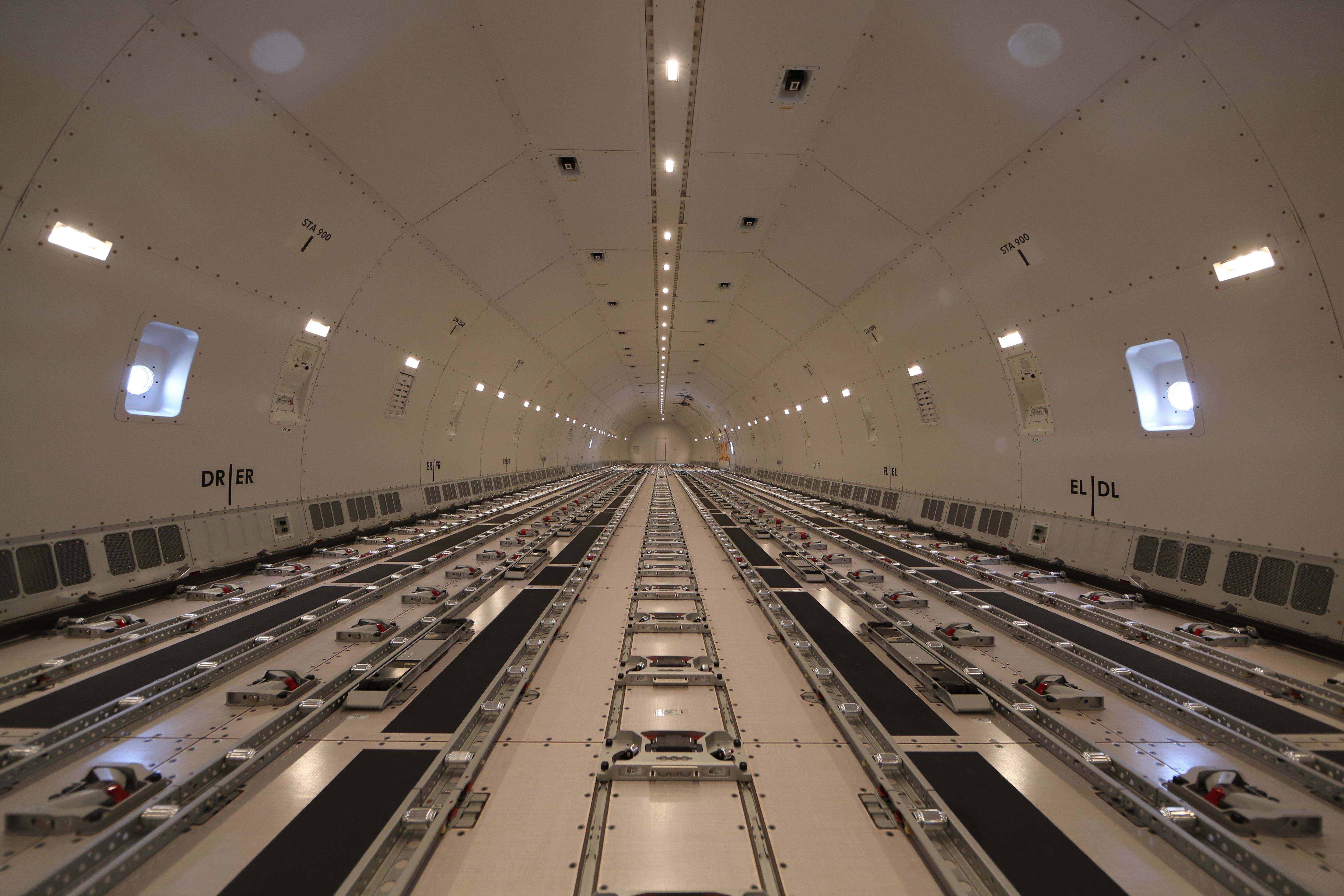Summary
- A lack of windows increases structural integrity.
- Larger cargo doors allow more efficient loading.
- Weight balancing, crew areas, and reinforced floors are crucial modifications for cargo aircraft.
Many aircraft operating commercial flights across the globe do not carry passengers but are freighters transporting air cargo for some of the world’s largest airlines. These aircraft are specially configured to carry as much freight as possible because that is what cargo airline clients pay the carriers to transport.
But not every plane can be an air freighter, and a dedicated cargo aircraft will have dozens of unique features that set it apart from a commercial airliner. While manufacturers build most cargo planes as dedicated freighters, thousands fill the skies that are converted variants of passenger aircraft. The market for such models only continues to grow.
Therefore, several noticeable differences must distinguish a standard commercial airliner from an air freighter, many of which are unnoticeable to the observer. In this article, we will examine how passenger airliners differ from cargo aircraft and what purpose these modifications serve.
1
A lack of windows
There is a unique purpose for this
If you have ever traveled to a commercial airport and seen the cargo terminal, you will likely have noticed that most cargo aircraft do not have windows outside the cockpit (or potentially right behind the cockpit). There are multiple reasons behind this.
Photo: Markus Mainka | Shutterstock
It may seem counterintuitive for manufacturers to want a completely different assembly process for the fuselages of their cargo aircraft, but removing windows provides a few key advantages. For starters, this design choice significantly improves the structural integrity of an aircraft as the aluminum or carbon composite of the fuselage is far stronger than the glass used for windows, according to Singapore Air Charter.
Additionally, due to a lack of additional insulation, a lack of windows will allow these cargo jets to accommodate significantly more freight. During the process of converting passenger airliners to freighters, windows are often removed and replaced with a material with more structural integrity.
2
Larger cargo doors
This allows for the loading of significantly more cargo
Cargo airlines will often move freight rapidly between different aircraft at their large hubs to provide convenient air cargo service for their clients. To rapidly move hundreds of tons of freight off and onto jets as efficiently as possible, cargo airlines require aircraft to have large cargo doors, which are typically located in one of the following two places:
- Large doors located on the aft of the fuselage
- A cargo door located at the front of the aircraft that opens vertically
Photo: Karolis Kavolelis | Shutterstock
While traditional passenger aircraft will only have a lower cargo door for loading bags or other freight into their holds, cargo planes will store freight on multiple levels within the plane. For freighters undergoing the conversion process from traditional passenger aircraft, installing a large rear cargo door is often one of the most important modifications. Converted freighters seldom feature nose-mounted doors, which can be difficult to install.
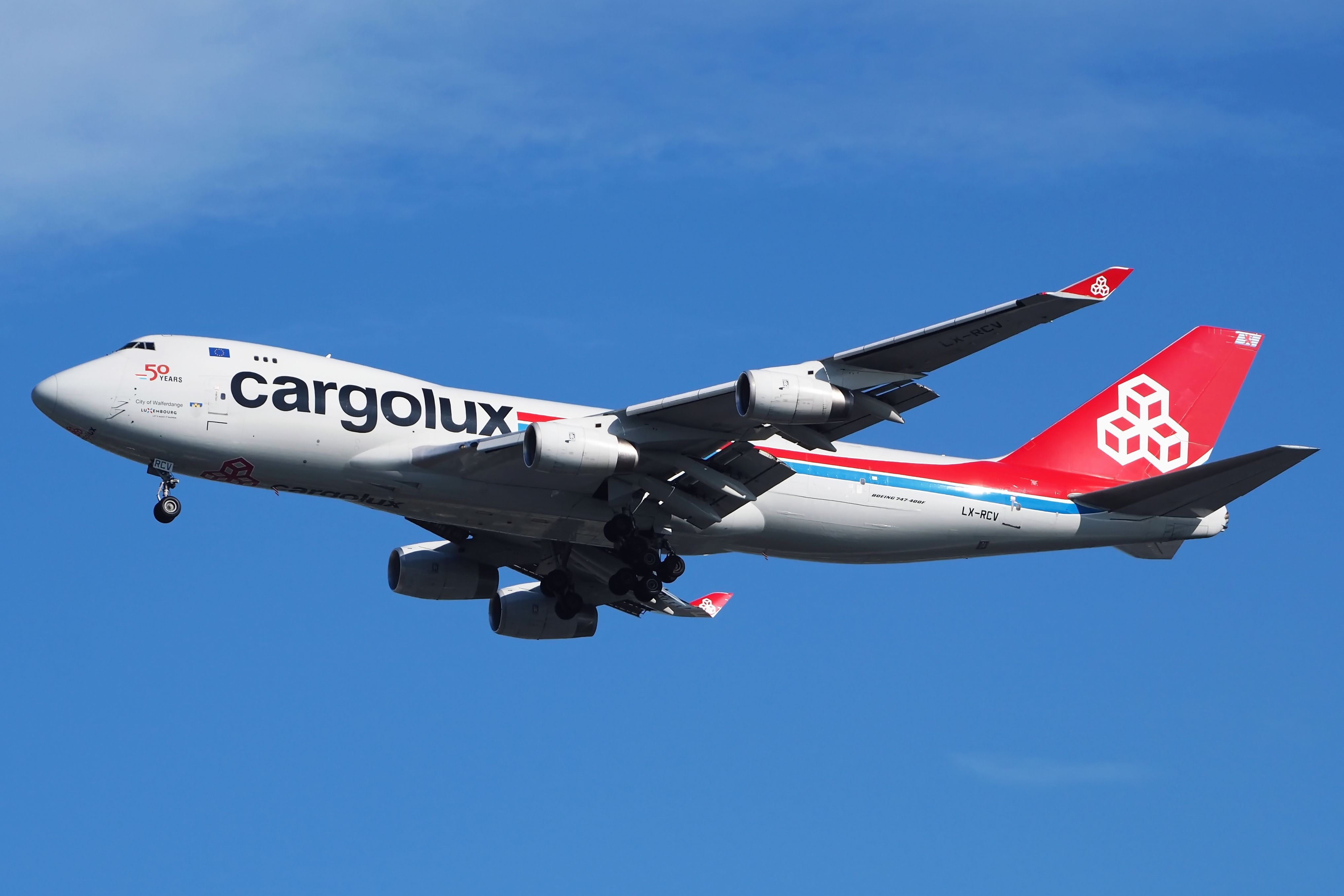
Related
Cargolux Boeing 747 Evacuated In Shannon With Main Deck Fire Warning
The airline said that the three pilots onboard evacuated safely once the aircraft stopped on the airport’s sole runway.
3
Instruments for the balance of weight
Maintaining balance is essential for freighters
Commercial passenger aircraft seldom have to worry about balance of weight concerns, except when there are few passengers onboard or an extremely large cargo load. For cargo aircraft, however, planes often operate at maximum weight capacity, heavily restricting how freely cargo can move around.
Photo: Tostphoto | Shutterstock
Therefore, cargo operators go to great lengths to balance weight evenly across an airframe. According to Airbus, the consequences of failing to secure a weight balance can be severe, resulting in tail strikes upon takeoff or making controlled flight significantly more challenging. To achieve this, cargo aircraft are equipped with a system of fasteners to ensure that pallets stay in place during flight.
4
Dedicated crew areas
Some unique modifications are typically made
Although cargo aircraft are not configured to carry passengers, a few modifications are typically made for those who actually enter these planes. Typically, cargo flights are staffed by a pair of pilots, but multiple may be needed on some longer intercontinental journeys.
Photo: Fasttailwind | Shutterstock
Crew access doors on cargo flights are typically significantly smaller than their commercial counterparts. According to NYC Aviation, behind the cockpit, there may be just a restroom or, on larger freighters, some space available for the pilots to rest and recharge.
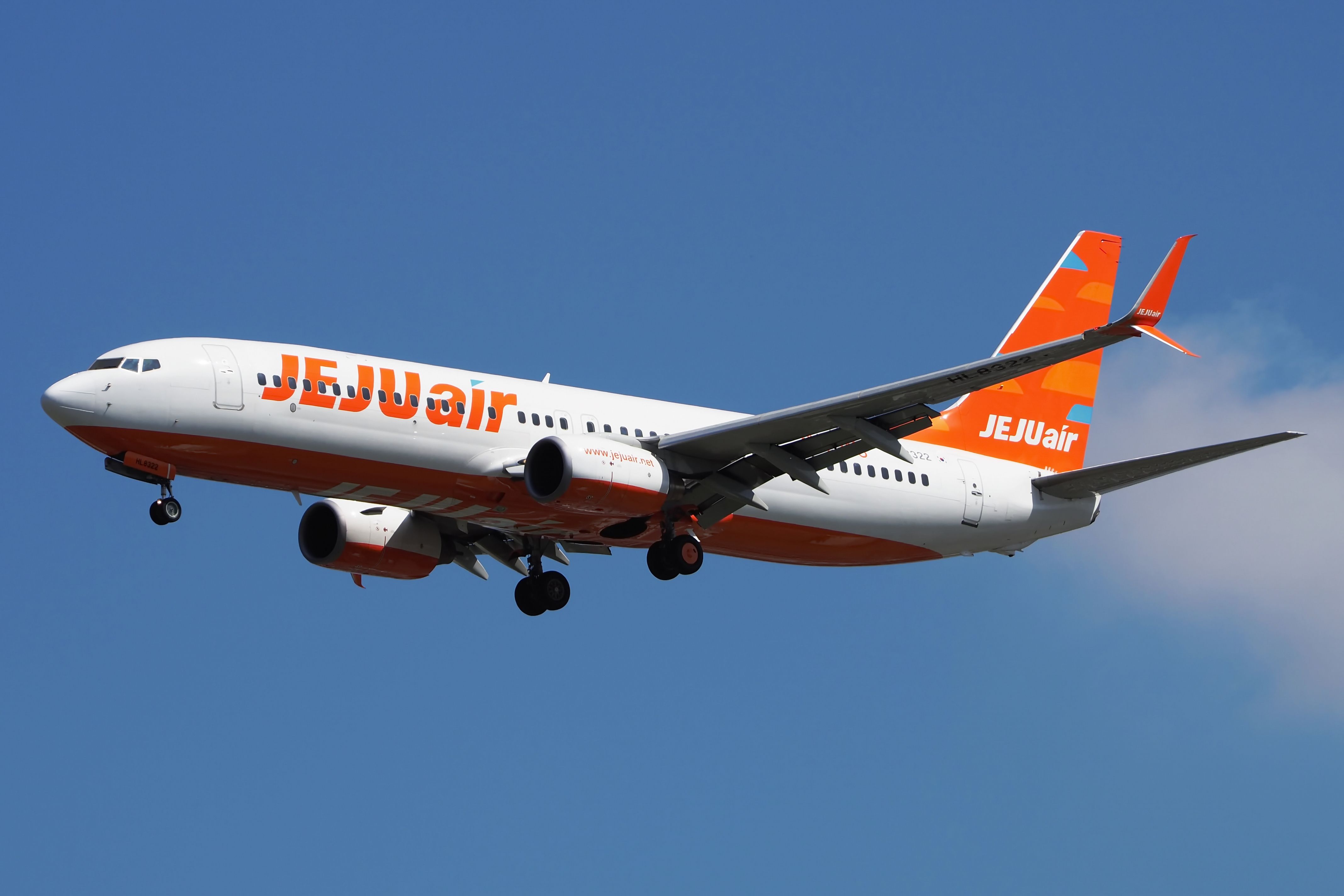
Related
Jeju Air Ends Bid For Asiana Airlines Cargo
According to local media reports, three parties remain interested in acquiring Asiana Airlines Cargo assets.
5
Reinforced floors
Cargo aircraft must support all kinds of freight
Among the major differences between traditional passenger aircraft and cargo freighters is the strength of not just the fuselage but also the floor of the main cargo deck. With thousands of pounds of freight onboard, it is important to ensure that the main cargo deck (where passengers would sit on a commercial aircraft) can sustain the weight of the cargo onboard.
Photo: Yatrik Sheth | Shutterstock
This is because secondary cargo decks beneath the aircraft are also operational. There have been incidents in which cargo decks have had structural challenges mid-flight, some of which have resulted in pilots struggling to maintain control of the aircraft.
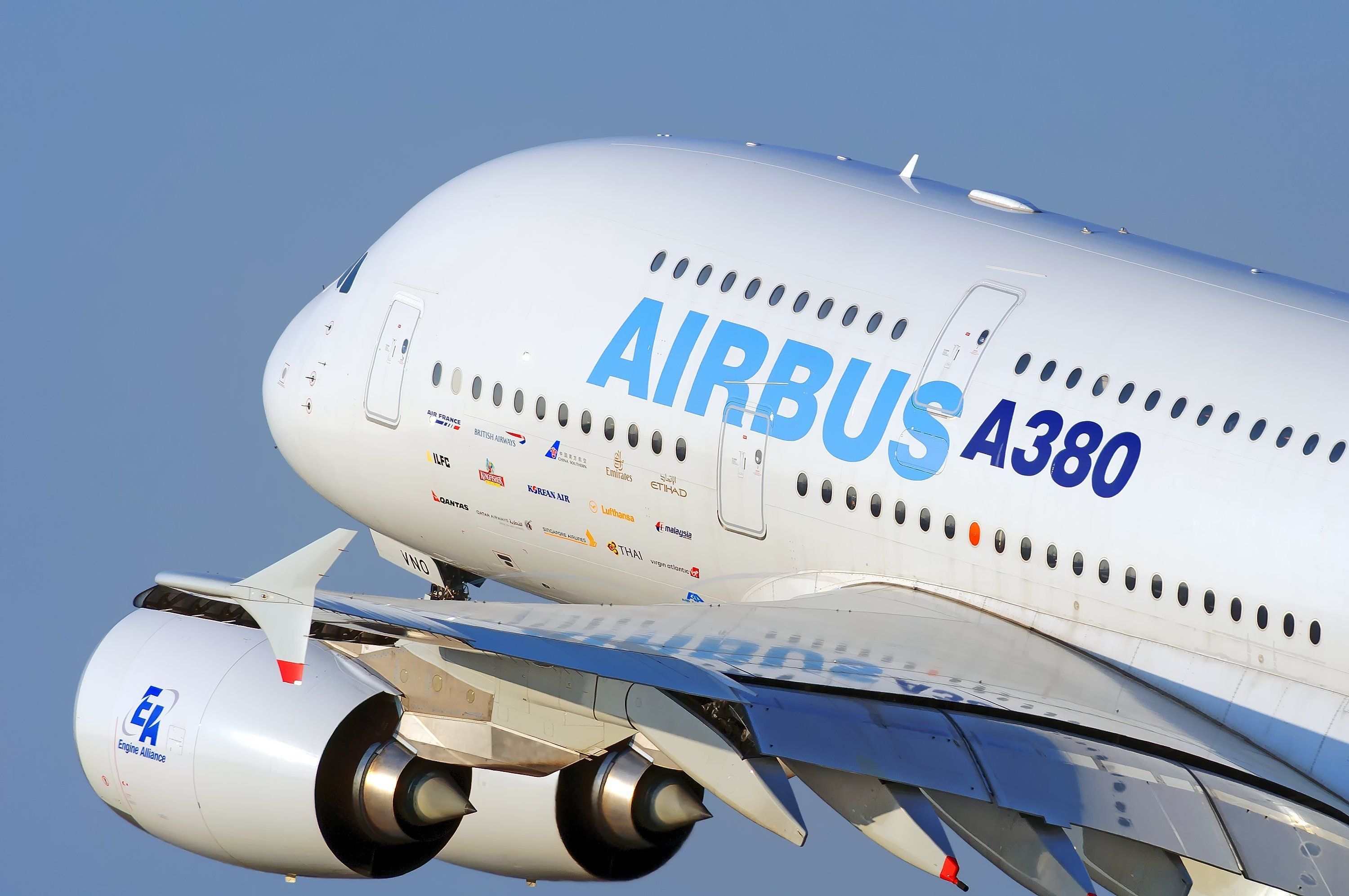
Related
The Airbus A380F – The Freighter Plane That Got Scrapped
The Airbus A380F would have been one of the world’s largest cargo aircraft had it been built.
The need for reinforced flooring is one of the key reasons a freighter variant of the Airbus A380 has never been built. While such an aircraft could offer impressive range and cargo lifting capabilities, the need to reinforce floors would significantly increase the jet’s weight, weakening its operating economics.


